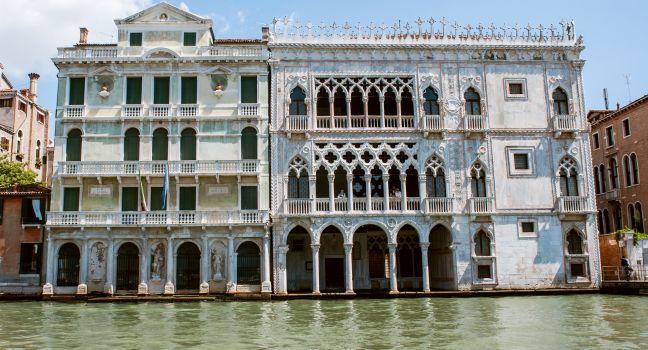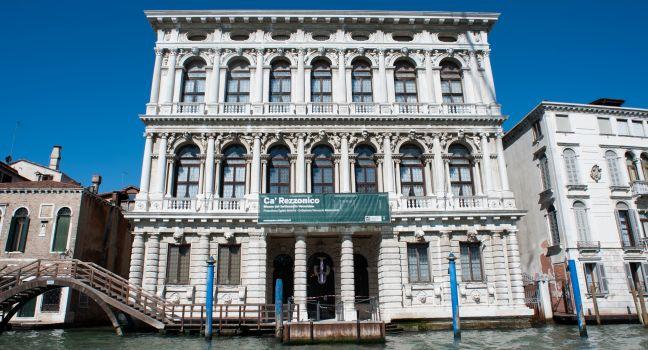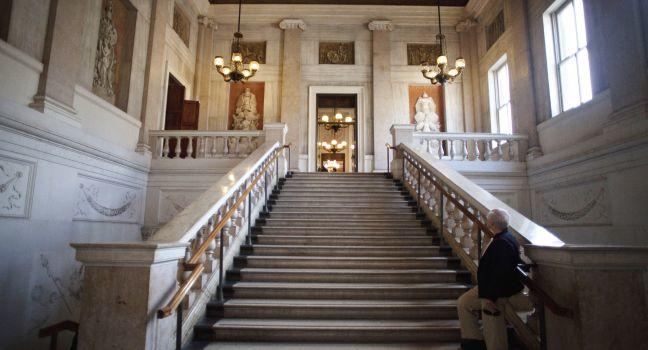Ca' d'Oro

One of the classic postcard sights of Venice, this exquisite Venetian Gothic palace was once literally a "Golden House," when its marble tracery and ornaments were embellished with gold. It was created by Giovanni and Bartolomeo Bon between 1428 and 1430 for the patrician Marino Contarini, who had read about the Roman emperor Nero's golden house in Rome, the Domus Aurea, and wished to imitate it as a present to his wife. Her family owned the land and the Byzantine fondaco (palace-trading house) previously standing on it; you can still see the round Byzantine arches incorporated into the Gothic building's entry porch.
The last proprietor, Baron Giorgio Franchetti, left Ca' d'Oro to the city after having it carefully restored and furnished with antiquities, sculptures, and paintings that today make up the Galleria Franchetti. Besides Andrea Mantegna's St. Sebastian and other Venetian works, the Galleria Franchetti contains the type of fresco that once adorned the exteriors of Venetian buildings (commissioned by those who could not afford a marble facade). One such detached fresco displayed here was made by the young Titian for the facade of the Fondaco dei Tedeschi near the Rialto.





